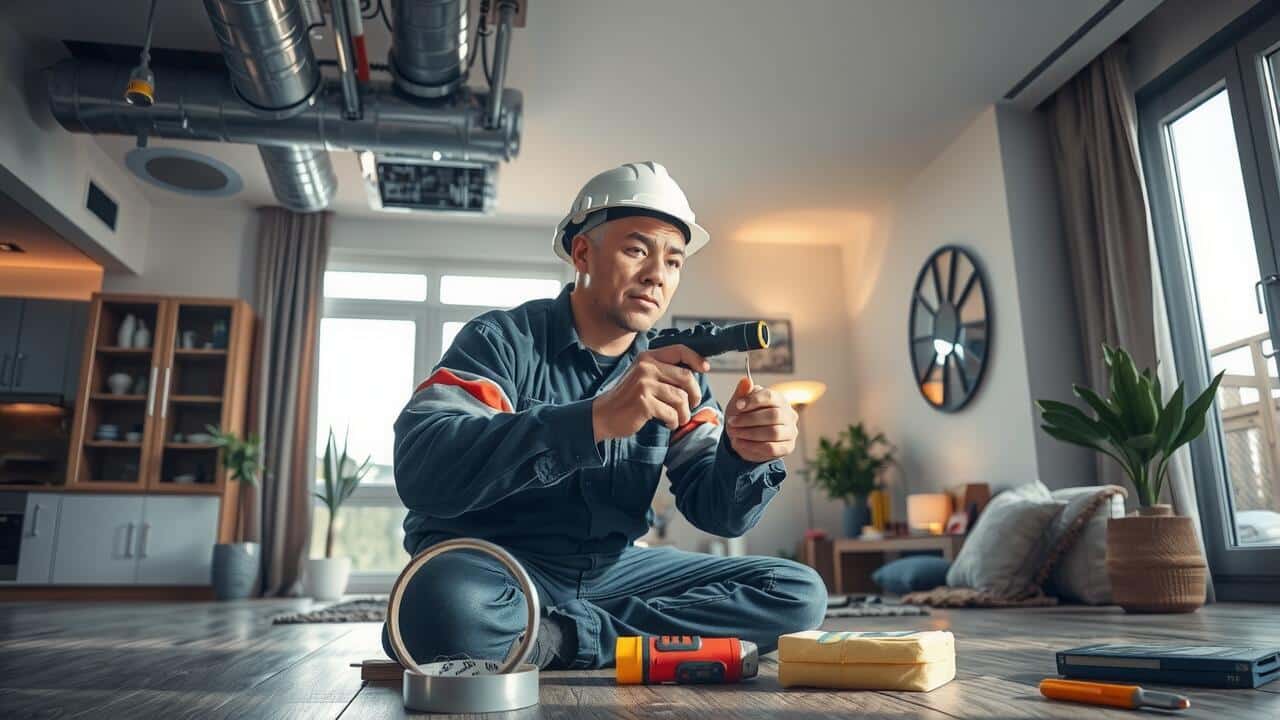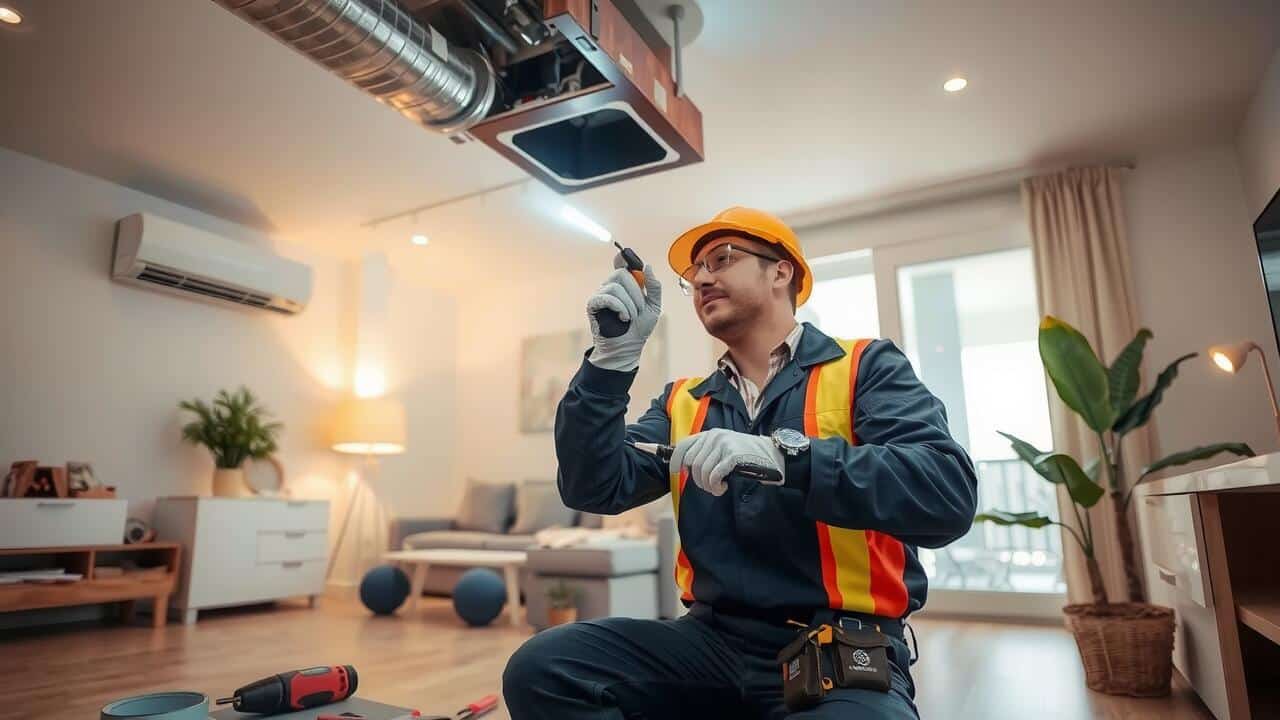
Table Of Contents
The Cost of Ductwork Repair
The cost of ductwork repair can vary significantly depending on several factors. Typically, homeowners might expect to pay anywhere from a couple of hundred dollars for minor fixes to potentially over a thousand dollars for more extensive repairs. The complexity of the damage often dictates the final price. Additionally, labor rates can fluctuate based on location, further influencing the overall expense.
Air duct repair costs may also be affected by the condition of the existing ducts and the materials involved in the repair process. If the ductwork system is older or has significant wear and tear, repairs might be more intricate. In some cases, replacing sections of ductwork could be more economical than attempting multiple repairs. Assessing the current state of the system is crucial for making an informed decision on whether to repair or replace.
Factors Affecting Repair Costs
Several factors can influence the cost of air duct repair. The extent of damage plays a significant role; minor issues like small leaks may require less work and materials compared to extensive damage or corrosion that demands a comprehensive fix. Additionally, the accessibility of the ductwork can affect labor costs. If ducts are located in difficult-to-reach areas, technicians may charge more due to the complexity involved in performing repairs.
The type of materials used for ductwork is another important consideration when assessing repair costs. For instance, metal ducts generally involve different repair techniques and associated costs than flexible ducts. Labor rates can also vary based on the region and the experience of the technician. Homeowners should take all these factors into account to gain a clearer understanding of what they might expect to spend on air duct repair.
Maintaining Ductwork for Longevity
Regular maintenance of ductwork is critical for ensuring its longevity and efficiency. Neglecting to care for duct systems can lead to issues such as leaks, blockages, and reduced air quality. Inspecting the ducts periodically helps in identifying any signs of wear and tear. Cleaning the ducts to remove dust and debris also contributes to better airflow and prevents the build-up of pollutants.
Preventive measures can further enhance the lifespan of ductwork. Utilizing professional services for air duct repair when small issues arise can prevent major problems from developing later. Sealing and insulating ducts properly reduces energy loss and ensures that the HVAC system operates efficiently. Establishing an ongoing maintenance schedule will enable homeowners to stay ahead of potential issues, promoting a healthier environment and lowering energy costs.
Best Practices for Regular Care
Regular maintenance of ductwork is crucial for ensuring optimal airflow and energy efficiency. Homeowners should schedule periodic inspections to check for leaks, obstructions, and overall integrity. Cleaning ducts regularly helps remove dust and allergens, contributing to better indoor air quality. It is also wise to replace air filters as recommended, as clogged filters can strain the system and lead to costly air duct repair.
In addition to inspections and cleaning, sealing ductwork is an essential step in maintaining its condition. Proper insulation reduces energy loss and prevents heat gain or loss in ducts. Homeowners can also benefit from monitoring the system’s performance during different seasons to identify any inconsistencies. Keeping an eye on these aspects ensures the duct system remains functional and minimizes the need for extensive air duct repair in the future.
When to Consider Replacement Instead of Repair
In certain situations, opting for duct replacement may prove more beneficial than air duct repair. If the ductwork shows extensive damage, such as large holes or significant corrosion, the cost and effort required to restore it can be substantial. It often makes more financial sense to invest in new ductwork that will provide improved efficiency and reliability.
Additionally, if the existing ductwork is outdated and does not comply with modern standards, replacement might be the better choice. Older systems tend to be less efficient, leading to higher energy bills and uneven airflow throughout a home. In these instances, replacing the ducts can enhance overall home comfort and reduce long-term costs tied to inefficiency.
Signs That Replacement is Necessary
Certain indications suggest that replacement may be more practical than air duct repair. Extensive damage, such as severe corrosion or significant leaks, compromises the overall efficiency of the ductwork. If repairs become frequent or costly, it might signify that the system is reaching the end of its functional lifespan.
Another factor to consider is the age of the ductwork. Older systems, especially those made from materials prone to deterioration, may struggle to meet modern efficiency standards. Persistent airflow issues or increased energy bills often point to underlying problems that repairs alone cannot resolve. In such cases, investing in new ductwork may yield greater long-term benefits.
FAQS
Can all types of ductwork be repaired?
Most types of ductwork can be repaired, but the extent of the damage and the material will influence the feasibility of repairs.
What are common signs that my ductwork needs repair?
Common signs include inconsistent temperatures in your home, increased energy bills, unusual noises, and visible damage or leaks in the ducts.
How much does ductwork repair typically cost?
The cost of ductwork repair varies depending on the extent of the damage, the type of ductwork, and local labor rates, but it generally ranges from $300 to $1,500.
Should I attempt to repair ductwork myself?
While minor issues can sometimes be handled with DIY methods, it is usually best to hire a professional to ensure repairs are done correctly and safely.
When should I consider replacing my ductwork instead of repairing it?
Consider replacement if your ductwork is severely damaged, outdated, or if repairs are frequent and costly, as this may indicate that the system is nearing the end of its lifespan.


